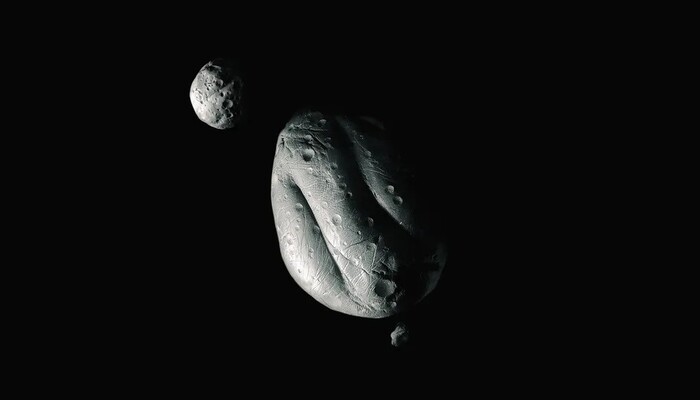At any given time, Earth may have around six temporary satellites known as Earth minimoons, according to new research. These tiny celestial visitors, often fragments from the moon or asteroid belt, orbit our planet for short periods before continuing their journey around the sun.
What Are Minimoons?
A minimoon is a small object—typically less than 6.5 feet (2 meters) in diameter—that becomes briefly trapped in Earth’s orbit. To qualify, it must make at least one full revolution around Earth and come within four times the Earth-moon distance at some point in its path. Though small and fast, these objects can be detected using powerful telescopic surveys.
Moon Fragments Join the Dance
When meteoroids collide with the moon, they scatter debris. While most of the ejected material falls into solar orbit, a few pieces may enter Earth’s gravitational field and orbit temporarily. Lead researcher Robert Jedicke from the University of Hawaii compares this celestial interaction to a “square dance,” with partners (minimoons) joining and leaving the floor (Earth) frequently.
Read: Florida Cat Helps Detect New Orthoreovirus Strain
Challenging the Asteroid Belt Theory
A 2018 study suggested most minimoons originated from the asteroid belt between Mars and Jupiter. However, recent observations show the moon as a possible primary source. For instance, in 2016, astronomers spotted Kamo’oalewa, a near-Earth object traveling in sync with Earth. Studies later confirmed it as a lunar fragment created in the impact that formed the Giordano Bruno crater.
New Lunar-Origin Object Found
Earlier this year, scientists identified another temporary satellite, 2024 PT5, which also appears to be a piece of the moon. Its composition and orbit suggest a lunar origin rather than the asteroid belt.
The Importance of Monitoring
As our telescopic technology improves, the ability to detect Earth minimoons enhances. These fleeting companions may hold clues to moon formation, impact events, and Earth’s gravitational influence on space debris. Researchers stress the need for continuous observation, as these small wanderers might someday play a role in future space exploration or planetary defense strategies.
Follow us on Instagram, YouTube, Facebook,, X and TikTok for latest updates
